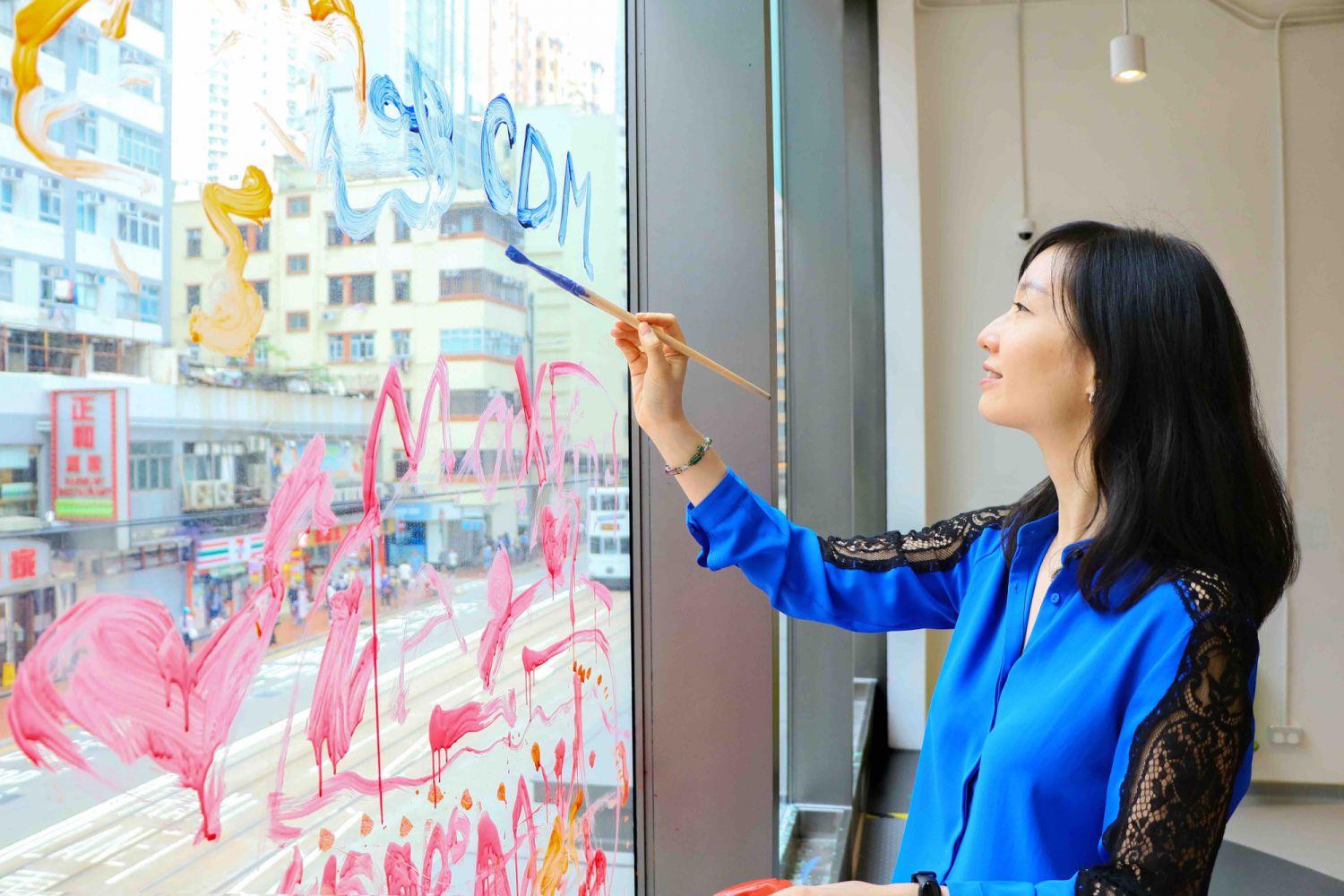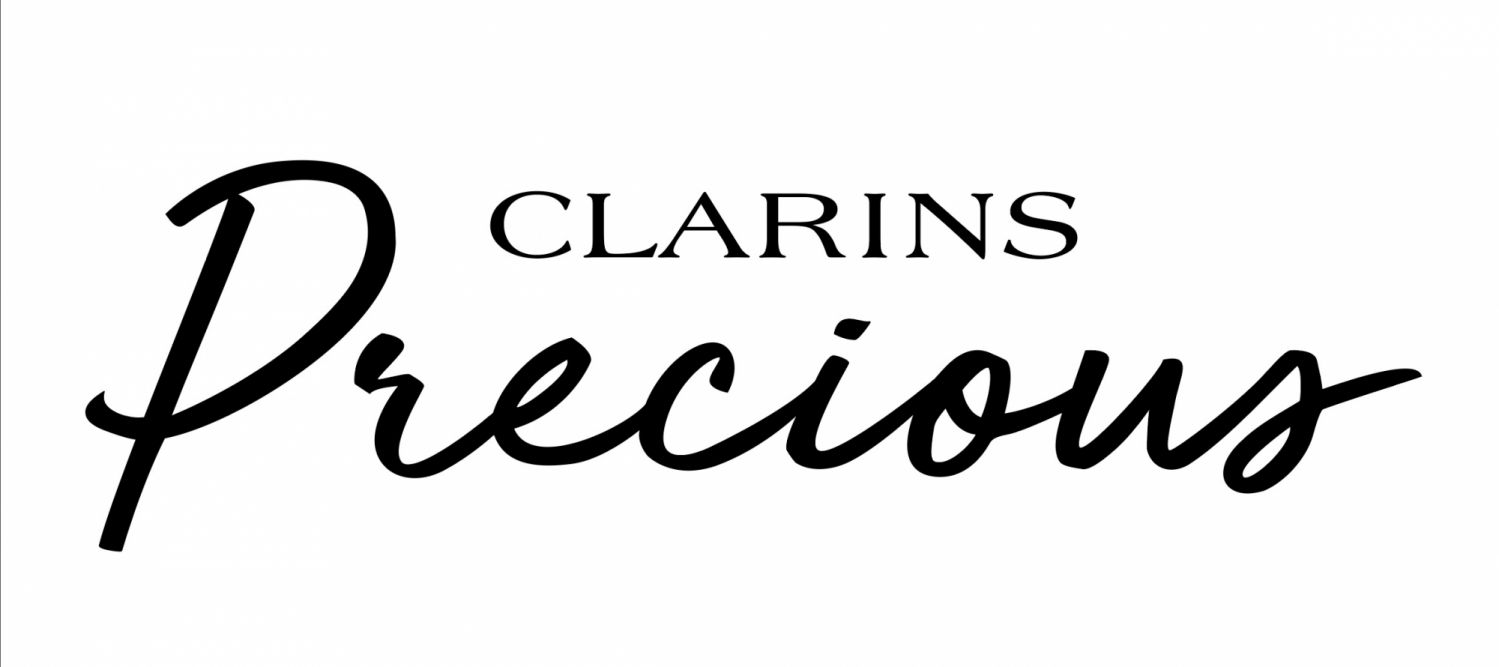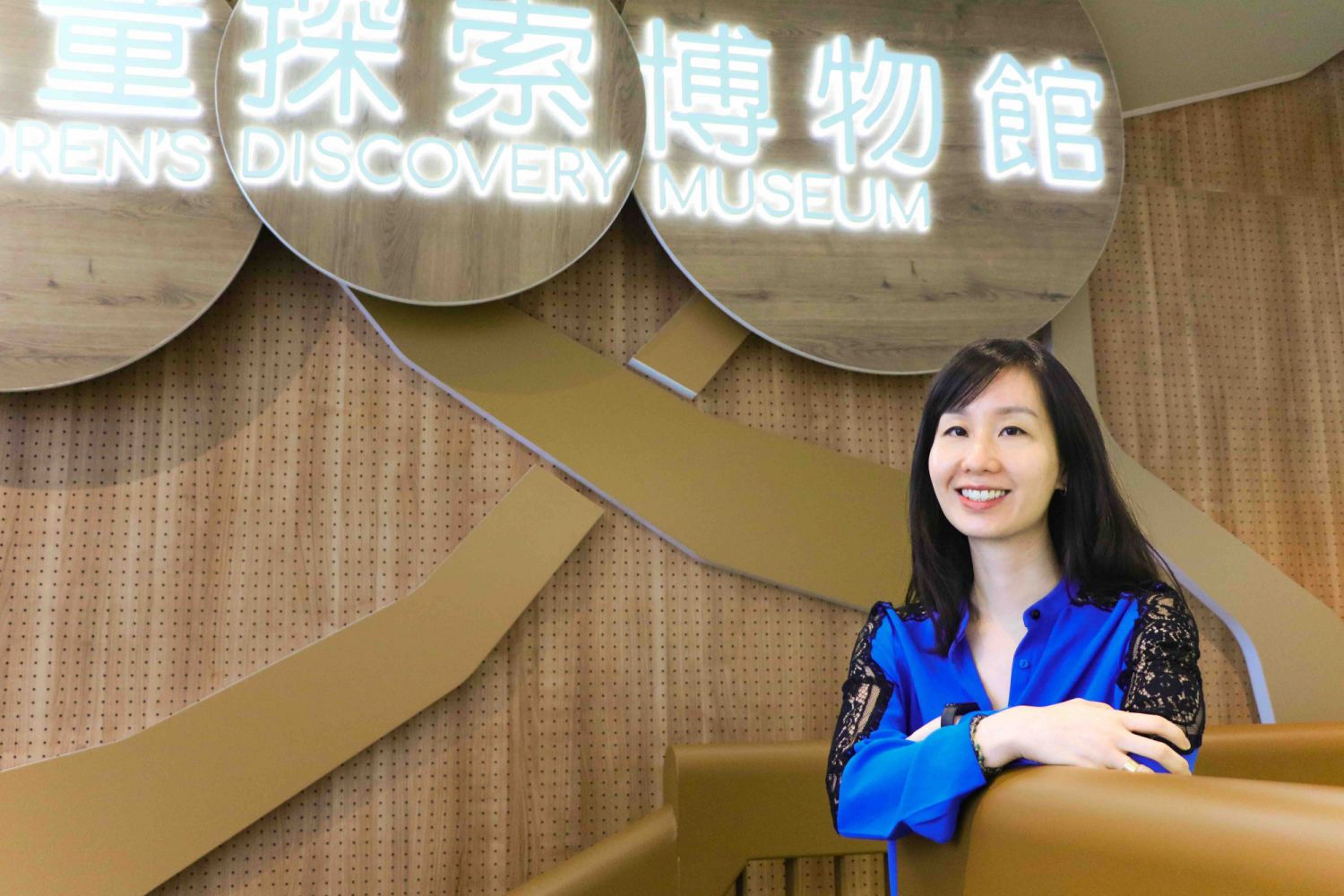The founder and executive director of Hong Kong’s Children’s Discovery Museum on the importance of open-ended learning, moving from education to entrepreneurship, and why crying children are often her greatest reward
Imagine a traditional museum. It’s a place of calm and quiet, where visitors tiptoe around and are told not to touch the exhibits. Now, turn that notion on its head and consider the opposite—and that’s more like what you can expect from a children’s museum. “It’s very hands on and interactive. Everything is open-ended, so there’s no right or wrong way to play something. And while we call everything exhibits, we actually want the children to touch everything,” says Serena Fan, who founded Hong Kong’s first children’s museum, the Children’s Discovery Museum, which opened in 2018 as a space for children to experience learning through play.
“I personally think it’s very needed, because all parents want their children to play, but in Hong Kong, they lose sight of that sometimes. We want to showcase that learning through play can happen,” says Fan. “Just because your child is not sitting in a classroom, that doesn’t mean he or she is not learning.”
This focus from parents on pushing their children to learn through various forms of classroom teaching rather than through play is by no means particular to parents in Hong Kong.
“With research and parents becoming more and more educated, and people having less children, I think everyone is eager to give their child the best,” says Fan. “And it’s really explaining to them that yes, you should be giving your child the best, but don’t take it to the extremes. Children need space and time and to think for themselves and to play and to be bored. And I think sometimes parents forget that. So, I hope the Children’s Discovery Museum is a good reminder for them that when they are here, they will play.”
Hong Kong’s Children’s Discovery Museum first opened in a permanent space in North Point, before taking up a semi-nomadic existence during Covid with smaller pop-ups hosted in Tsuen Wan and Sai Wan Ho, before settling in August this year into a new permanent space. Its current location spans 5,500 square feet in Sai Wan Ho, and features many of the museum’s best-loved exhibits from former incarnations as well as some new ones. It is currently in soft opening phase, welcoming visitors by invitation only.

A diverse selection of exhibits is on offer, most of which are suitable for various ages allowing children different experiences with the same exhibits each time they visit. All are relatively low-tech. “There are so many pros to technology, but it’s a disadvantage for children. They don’t understand the physical components behind it. We’re very low-tech on purpose because research has shown that it’s good for children and their brain to have tactile experiences. I feel that more and more as technology advances, we can’t forget the fundamentals.”
In the museum, visitors will encounter a discovery zone, a building zone, and a Hong Kong transportation-themed area with lights to turn on and off and windows and doors to open and close. There’s a stage area for storytelling with costumes and props and places to learn about emotions and character archetypes depending on the visitor's age, as well as a puppet theatre and a green screen. A water play area features a water table and a new water wall. There’s also a creative space for drawing and painting, the latter directly onto the floor-to-ceiling windows that overlook Shau Kei Wan Road. A miniature replica of the Tsing Yi bridge allows smaller kids to hone their walking skills, while a baby playpen is a place for very young children to crawl and explore.
With the new space, Fan really wants to establish the Children’s Discovery Museum so that people know what it is it, what the goal is and what the purpose is—to reach as many children as possible and illustrate the educational value of open-ended play.
It’s easier now Fan has something to show. When she first decided that Hong Kong needed a children’s museum, it was difficult for people to understand what she had in mind. Despite the fact that children’s museums have been around for well over 100 years, and there are well-established examples not only in the US but also, for example, in Osaka, Seoul, Taiwan and Bangkok, people in Hong Kong were not familiar with the concept. “And at the time, I wasn’t good at describing it,” says Fan. “But now, I just say, 'We’re not a traditional museum, we’re the opposite.' We’re also like a science museum but instead of being focused on science, we’re well-rounded.”
One day, Fan hopes for more: “The long-term vision is that Hong Kong should have its own standalone building for a children’s museum,” she says. But for now, she is focused on delivering the key message: if you want a child to learn, you must let them play.


